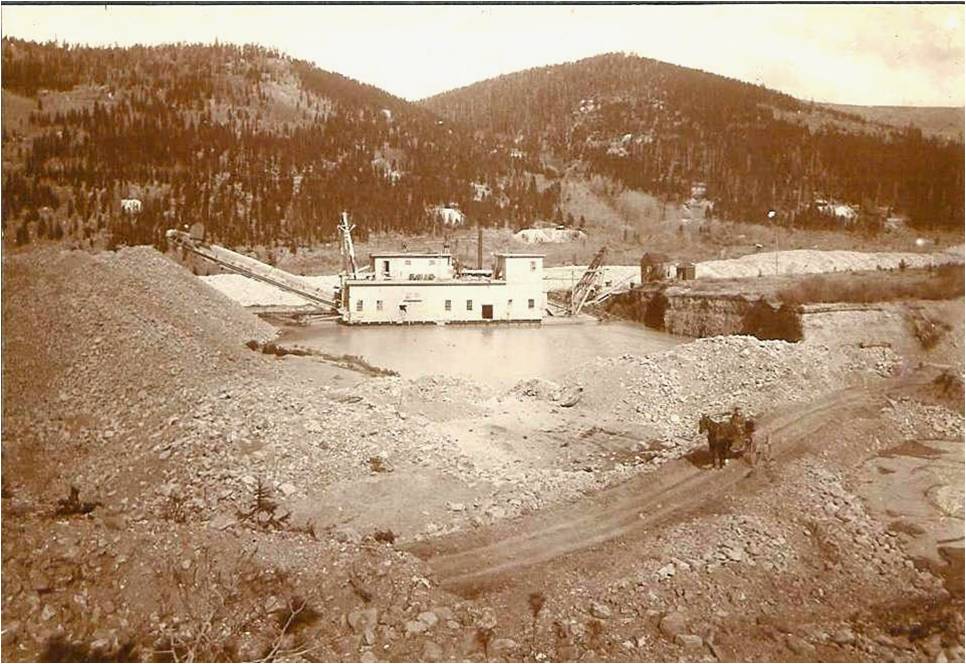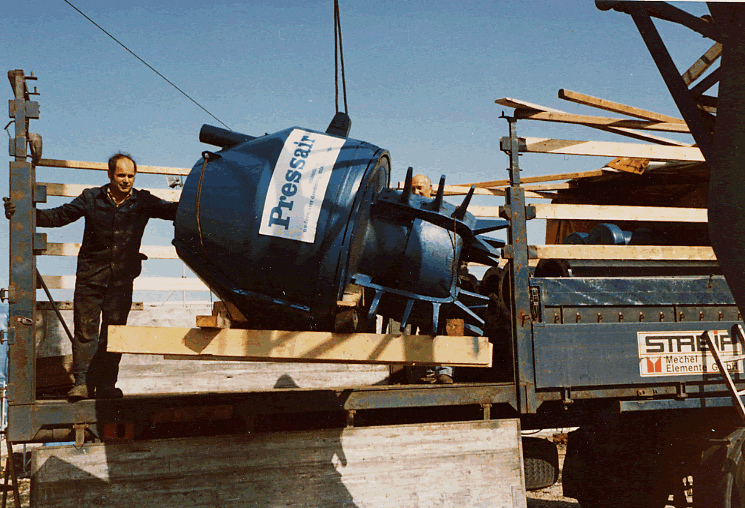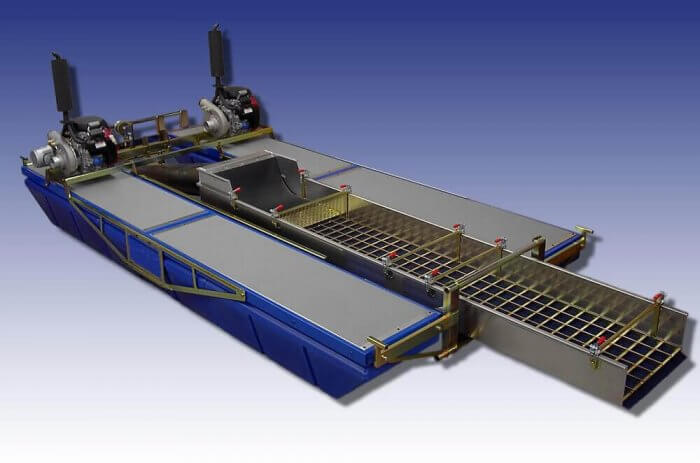

Results in a much faster calculation, but has certain drawbacks, because theįitted component model objects are not stored, and some methods (e.g. Unless the argument fit is set to TRUE or some additionalĪrguments are present (such as rank or dispersion). Latter case, the models from the model selection table are not evaluated Model.avg may be used either with a list of models or directly with a If TRUE, the component models are fitted using Optional list of arguments to be passed to The dispersion parameter for the family used. Logical, indicating whether to use the revised formula for If one is an expression, an x within it is substituted

Omitted if object is a model list returned by get.models

Optionally, a rank function (returning an information criterion) to Indicates whether and how the component models' coefficients Otherwise,Īrguments that are passed to the default method. The object was created with model objects (and not model selection table).Ī fitted model object or a list of such objects, or aįor default method, more fitted model objects. Optionally, a list of all component model objects. The object has the following attributes: rank The formula contains only the averaged (fixed) coefficients. Sum of model weights over all of the models in which the term appears.Ī formula corresponding to the one that would be used in a Object of class sw containing per-model term Their standard errors and degrees of freedom. “full” coefficients in the first row, “subset” coefficients inĪ 3-dimensional array of component models' coefficients, Representation of the terms in the row names of msTable. Its attribute "des" is a named vector with numerical ‘Akaike weights’ for the component models. , revised.var = TRUE) ValueĪn object of class "averaging" is a list with components: Rank = NULL, rank.args = NULL, revised.var = TRUE, Model averaging based on an information criterion.


 0 kommentar(er)
0 kommentar(er)
